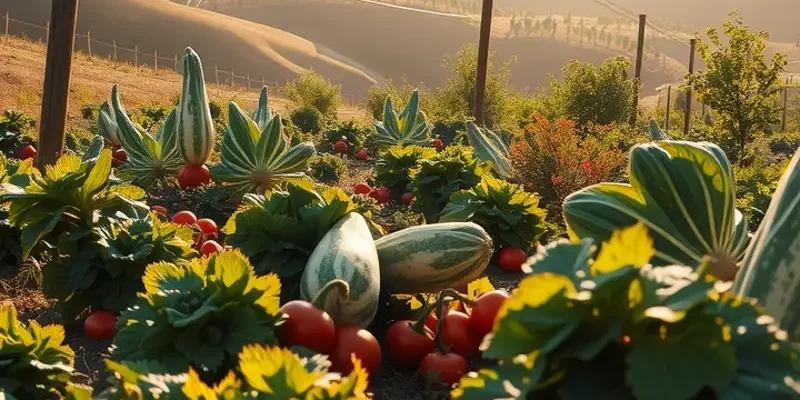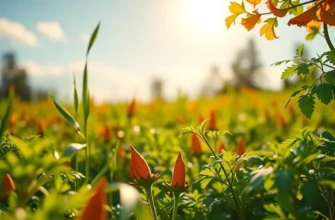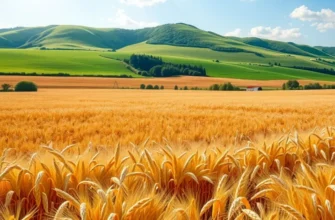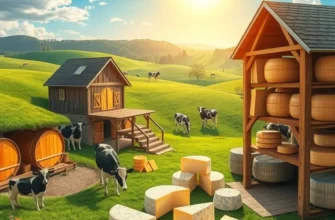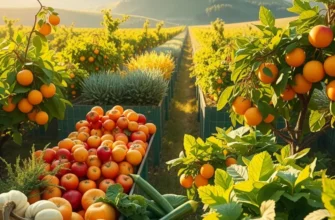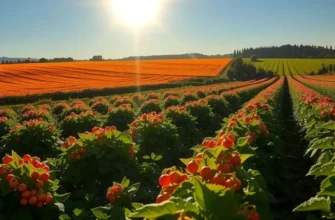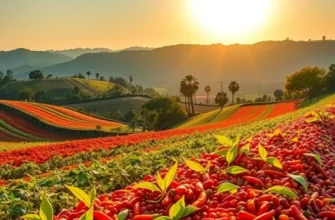Indigenous cooking practices are a window into the cultures that shape our relationship with food. Rooted in tradition and sustainability, these methods reflect a deep understanding of local ecosystems. From smoke-drying fish to using wild herbs, the techniques employed reveal stories of survival, community, and spirituality. This exploration of diverse indigenous cuisines invites food enthusiasts and culturally-curious readers to appreciate the rich flavors and histories woven into every bite.
Wise Use of Local Ingredients: A Cultural Legacy
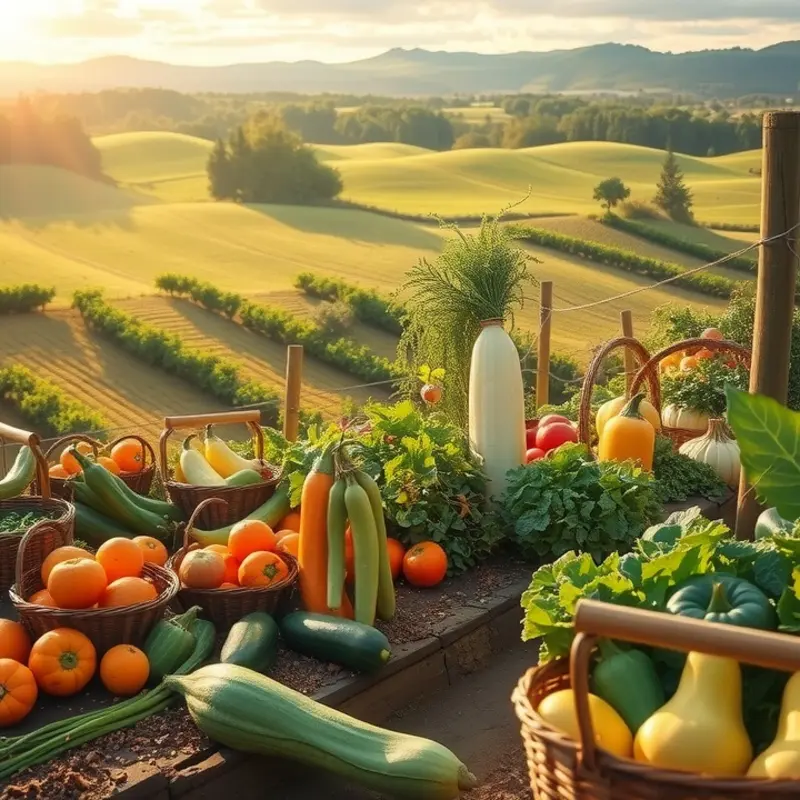
Indigenous communities have long celebrated the rich tapestry of flavors offered by their natural landscapes, embodying a synergy between food and environment. Through generations, these communities have refined the art of using local resources, ensuring sustainability not only for their people but also for the ecosystems they inhabit.
Foraging has been an integral practice, allowing communities to harness the bounty of the land without disrupting its balance. This ancient skill involves identifying edible plants such as wild greens, berries, and mushrooms, which are both nutrient-rich and sustainably harvested. For instance, the Ainu people of Japan traditionally foraged for mountain vegetables and herbs, crafting unique dishes that honored their intricate knowledge of plant life.
Seasonal cooking is another hallmark of indigenous culinary traditions. By aligning their diets with the natural growing cycles, indigenous peoples reduce their ecological footprint. In areas like the Arctic, where the landscape experiences extreme seasonal changes, the Inuit have perfected the art of preserving fish and game to sustain themselves during harsh winters. Techniques such as smoking and fermenting fish like salmon ensure the availability of food year-round while preserving essential nutrients.
Local ingredients often tell stories steeped in cultural significance. For the Maasai of East Africa, cattle not only represent wealth but also a vital source of sustenance. They practice a symbiotic relationship with their herds, utilizing milk and blood as primary nutrients while maintaining respect and care for the animals. This approach highlights the balance between nourishment and conservation.
Similarly, First Nations communities in North America have relied on fish and game meats integrated deeply into their culinary heritage. Salmon, for example, is not merely a staple but a cultural keystone species, celebrated through communal events that strengthen social ties and cultural identity. Traditional methods such as slow-roasting or drying over open flames showcase the sophistication of indigenous cooking techniques, marrying flavor with nature.
These culinary customs underscore a profound understanding of how to live in harmony with the environment. By respecting the natural rhythms of the land, indigenous communities offer invaluable lessons in sustainability. The respectful use of resources and waste minimization practices are echoed in modern discussions around eco-smart kitchen storage, as we seek to minimize environmental impact.
Understanding these traditions not only enriches our culinary palate but also inspires a reflective appreciation of how food practices can shape identity and culture. The wise use of local ingredients by indigenous peoples reminds us of the enduring connection between humans and the earth and the significance of preserving this legacy for future generations.
Fireside Cooking: Techniques and Rituals
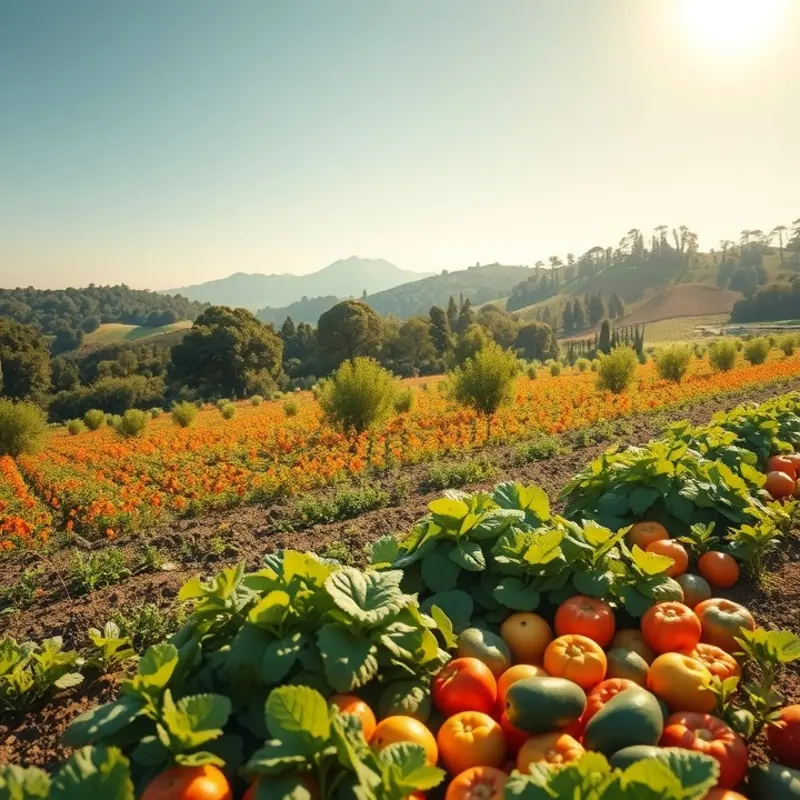
The simplicity of fire-based cooking underscores its complexity, especially within indigenous cultures. Fireside cooking is not merely a method of preparing food; it is a ritual that ties communities through shared history and storytelling.
Indigenous peoples across different continents have developed unique methods around the fire. The earth oven, for example, is a testament to ancient ingenuity. By digging a pit in the ground, they create a natural oven insulated with heated stones and covered with earth. Foods like root vegetables, tubers, and meats are buried and slow-cooked, resulting in dishes with deep flavors and tender textures.
Open flame cooking is another technique that has thrived in indigenous communities. Using carefully selected woods that impart distinct flavors, meats and vegetables are roasted directly over the flame. This method enhances the natural tastes of the food while forming a crispy, savory crust.
Smoking, an extension of open flame cooking, serves both as a cooking and preservation technique. By exposing food to smoke from burning wood, indigenous peoples not only preserve meats like fish and game but also introduce complex flavors that vary based on the types of wood and herbs used in the fire. This practice transforms simple meats into delicacies that tell a story of patience, resourcefulness, and adaptation.
These techniques are embedded within community gatherings and rituals. Fireside cooking often serves as a centerpiece during cultural festivities and harvest celebrations. As smoke rises and envelops the air, so do stories—shared tales and ancestral narratives that bind generations. The communal cooking fire thus becomes a stage where cultural narratives unfold, bridging the past with the present.
Dishes prepared around the fire are equally symbolic. Roasted meats and potted stews are staples across many indigenous cultures. Moa, a Maori dish cooked in an earth oven, becomes a celebration of shared labor and bounty. The scents and flavors evoke memories and honor those who passed down these culinary traditions.
Exploring these age-old practices offers insights into the sustainable and holistic approaches of indigenous cooking. They emphasize resource optimization, deep respect for natural resources, and cultural perpetuation through gastronomy. For insights into integrating these principles into modern cooking methods, our eco-smart kitchen storage guide provides contemporary approaches to food storage with minimal waste, echoing the efficiency of traditional practices.
In closing, the art of fireside cooking symbolizes more than sustenance; it embodies a way of life. One that honors nature, preserves heritage, and fosters communal bonds through the shared joy of food.
Final words
Indigenous cooking practices offer unparalleled insight into the cultural ties we have with food and nature. Each method carries stories and traditions that have shaped identities for generations, inviting us to respect the land and its gifts. The growing recognition of these practices isn’t just about food; it’s about honoring the heritage and wisdom embedded within. As food enthusiasts, delving into these culinary traditions opens a world of flavors and knowledge that enrich our palettes and deepens our appreciation for global cuisines.

